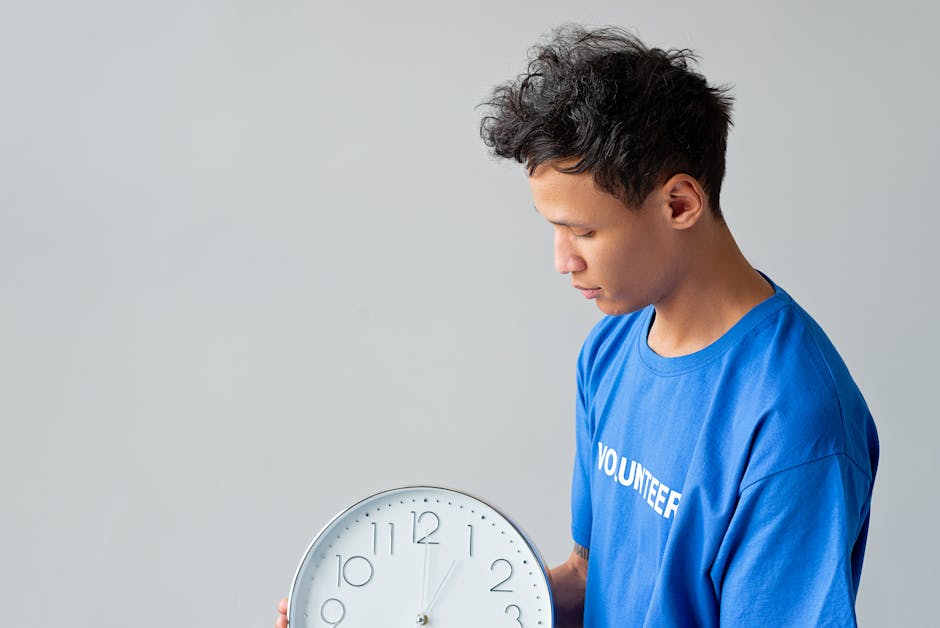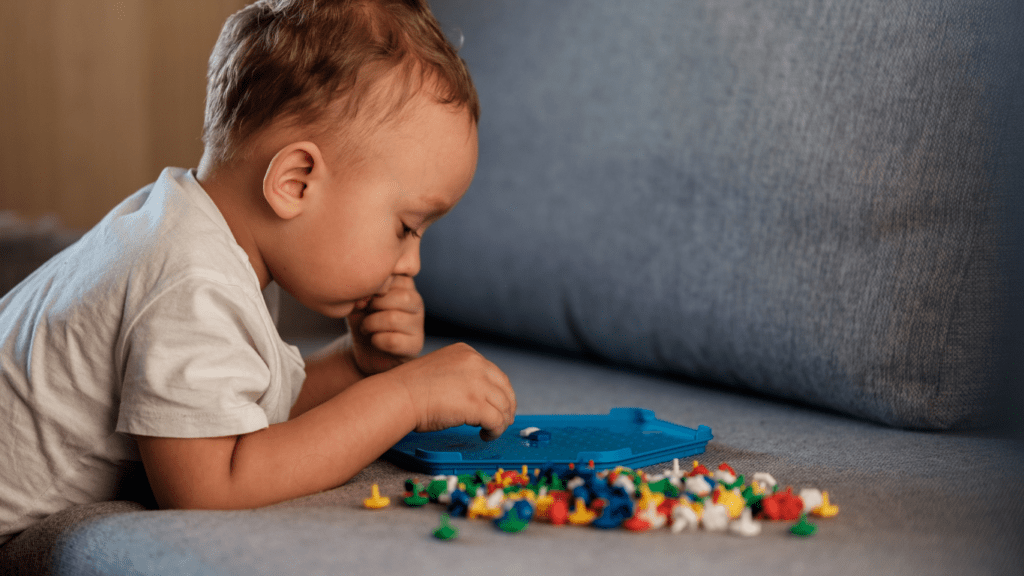What Sensory Processing Really Means
The sensory system is how kids connect with the world around them. It collects information from the environment light, sound, touch, movement and helps their brains make sense of it. Most people know the big five: sight, hearing, touch, taste, and smell. But there are actually eight. In addition to the classic five, we’ve got proprioception (body awareness), vestibular (balance and movement), and interoception (internal body signals like hunger or needing the bathroom).
These senses don’t work in isolation. They overlap and coordinate every minute. When it’s working smoothly, a child can walk through a classroom, ignore the hum of the lights, feel secure in their body, and respond calmly to a teacher’s voice. But when sensory processing is off, that same classroom might feel too loud, too bright, or too chaotic. Tasks like sitting still, making eye contact, or simply focusing can feel like too much.
Some kids take in sensory input too intensely. Others don’t register enough. This isn’t about being dramatic or shy. It’s a real neurological variation and for kids, especially young ones, it can shape every moment of their day.
Common Signs Parents May Notice
Sensory processing issues don’t come with a big red flag, but the signs are there if you know what to look for. Some kids seem to react to everyday sensations like they’re under attack. A passing siren, scratchy shirt tag, or flashing light in a store can trigger full blown distress. Others go the opposite direction they don’t seem to register much at all. These are the kids who spin endlessly, bump into everything, press too hard with crayons, or crave hugs so tight they almost hurt.
Balance and coordination can be off, too. You may notice a child who trips often, avoids stairs, or struggles with simple moves like hopping or catching a ball. What might look like clumsiness is often processing at play.
Then there’s the emotional layer. Meltdowns that seem to come “out of nowhere” are common especially after what seem like minor triggers. The build up happens internally, and by the time it shows, the child is already overwhelmed. These aren’t just mood swings; they’re signals. The system’s working hard to handle input most of us take for granted.
Not every big reaction is a red flag, but patterns matter. When these behaviors surface again and again, it’s worth taking a closer look not with panic, but with curiosity and care.
How It Affects Daily Life
For children with sensory processing challenges, even the most basic tasks getting dressed, eating a meal, brushing their teeth can feel like climbing a mountain in flip flops. The scratch of a clothing tag might feel unbearable. The texture of mashed potatoes could trigger a gag reflex. Toothpaste might sting like pepper spray. These aren’t tantrums. They’re reactions to a world that feels too loud, too bright, too fast.
These struggles often ripple out into play, learning, and friendships. A child overwhelmed by noise might avoid birthday parties. One who is overly sensitive to touch might shy away from group games. On the flip side, a child who seeks out lots of movement might have trouble sitting still long enough to learn in a typical classroom setup.
Raising awareness doesn’t mean rushing to label. Instead, it means noticing patterns, asking questions, and staying open. What looks like a meltdown might be a sensory system in overdrive. When we start viewing behaviors through this lens, it opens the door to empathy and to the right kind of support.
When to Seek Help

Every kid has quirks. But sometimes, the signs go further than just being particular or energetic. If a child avoids everyday textures (like socks or toothpaste), reacts strongly to small noises, or seems to melt down often in busy spaces, it might be time to dig deeper. Especially when these patterns stick around and start disrupting routines morning prep, meals, even playdates it’s worth paying attention.
The first step isn’t a label. It’s a conversation. Start with your pediatrician. They’ll help rule things out and point you to the right specialists. Occupational therapists are the frontline experts when it comes to sensory processing issues. Some early childhood educators can also catch subtle red flags and share insight based on group interactions.
Don’t wait for things to hit crisis mode. Early support doesn’t mean pathologizing your child it means giving them tools, and giving you clarity. You’re not looking for a diagnosis as much as a roadmap. The goal is small, steady adjustments that ease your child’s daily friction and let them thrive without being boxed in.
Tools & Strategies That Help
When a child struggles with sensory processing, the environment can either support self regulation or make things harder. That’s where sensory strategies come in. A sensory diet, for example, isn’t about food it’s a personalized set of activities that help a child stay calm, attentive, and ready to function. It might include swinging, stretching, fidget toys, or even quiet time in a designated space. The key is matching the input to the child’s specific needs.
Calming routines are equally powerful. Predictable bedtime rituals, regular mealtime settings, or using the same transition cues every day can reduce stress and create a sense of safety. Structured environments where physical spaces are intentionally set up to be less overwhelming help provide a buffer against sensory overload. Think: soft lighting, low noise, clear zones for play, rest, and active movement.
Understanding what helps your child and building it in consistently does more than just make the day smoother. It builds trust. Kids feel safer when they know what’s coming next and that their needs are being met without judgment.
Start small. Pick one routine or one space to build structure into, and stick with it. Small steps, practiced daily, make a bigger impact than sweeping changes that don’t last. Over time, that consistency becomes the foundation your child can count on especially on hard days.
Learn More and Go Deeper
If you’re navigating the ups and downs of sensory processing issues as a caregiver or educator, don’t go it alone. Our full sensory issues guide offers practical checklists, step by step tools, and solid advice written for real life not theory.
This guide breaks things down so you can find what works in both home and classroom settings. Need help with transitions? Looking for calming tools that actually work? Want routines you can stick to? We cover that. No fluff, just repeatable, grounded strategies.
Inside, you’ll also find real stories from parents, teachers, and therapists who’ve been through it what helped, what didn’t, and where they found hope. It’s not about fixing kids. It’s about supporting them with what they truly need.
Start there if you’re feeling stuck or just ready to understand sensory needs on a deeper level.
Supporting Without Overwhelming
When your child struggles with sensory processing, their reactions are real even if they don’t always make sense to you. Start there. Let them know you see it: the itchy tag, the hum of the light, the crash after the chaos. Validating what they feel doesn’t mean turning it into their whole identity. It means noticing, naming, and moving forward together.
Don’t wait around for a massive breakthrough. The small stuff switching to a no seam sock, offering noise canceling headphones, keeping teeth brushing short and flexible can change everything. These aren’t magic cures. They’re practical signals that say: I’ve got your back.
And it may take time. A lot of it. There will be frustrating days and others that surprise you. What matters is staying consistent, listening more than fixing, and pulling in the right support when needed. Therapists, educators, other parents they’re all part of the village. Patience and empathy go further than perfection ever will.



